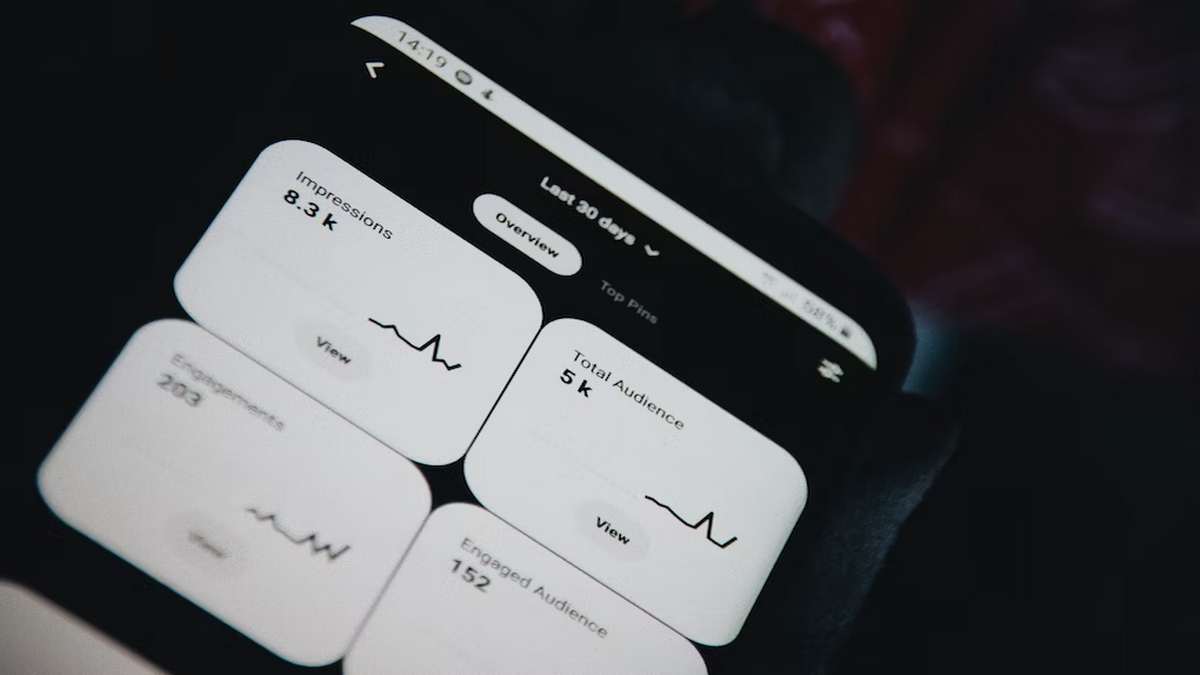It’s hardly surprising that more individuals are going into mobile app development, given that the market is worth billions of dollars globally.
However, even if money isn’t the primary motive for app development, it is one of the most inspiring factors for many.
What, then, is App Monetization? App monetization is how app developers and publishers gain long-term money from an app’s user base. Defined, it is how an app generates revenue.
Monetizing a mobile app isn’t so easy. Still, with the right strategies, it is possible to generate revenue from your app in 2023.
Here is how you can monetize your apps in 2023:
Read: How to create a chatbot from scratch using AI
1. In-app advertising
One of the common ways to monetize a mobile app is in-app advertising. This involves displaying ads within your app, targeting specific audiences based on their interests, location, or other demographic data.
You can earn revenue by charging advertisers for these ads or by participating in an ad network that shares ad revenue with app developers.
2. In-app purchases
Another popular monetization strategy is in-app purchases, which allow users to buy additional features or content within the app.
This can include virtual goods, such as power-ups or game currency, or access to premium content, such as e-books or exclusive videos.
By offering in-app purchases, you can generate revenue from users willing to pay for these additional features.
While in-app purchases may be implemented with any mobile application, mobile games are the most prevalent.
Popular games with the most expensive consumable in-app purchases include Clash of Clans ($4.99 Pile of Gems), Candy Crush Saga ($0.99 Extra Moves), Two Dots ($0.99 Power Up + 5 Moves), and Game of War ($99.9 Pack of 24K Gold).
In-app purchases are an excellent way to convert free users into paying customers without appearing too aggressive. This is also seen as the most profitable method for mobile app creators, even more so than one-time payment mobile apps.
3. Subscription models
Subscription models are another effective way to monetize a mobile app. You can generate recurring revenue from loyal users by offering users access to premium content or services for a monthly or yearly fee.
This model works particularly well for apps that provide ongoing services, such as news or fitness apps. Subscriptions work similarly to in-app purchases, except customers are granted a “subscription time.”
Users can utilize the premium features while their membership is current. Still, they can only do so once they renew their subscription.
The majority of members are regular app users. As a result, app developers should focus on generating fresh content and features to entice consumers to renew their subscriptions.
4. Sponsorship and partnerships
Sponsorship and partnership deals can also be lucrative ways to monetize a mobile app. This involves partnering with a brand or company to promote their products or services within the app.
You could get paid a set fee or a portion of sales in return for the relationship. Sponsorship is the least common form of app monetization. Still, it can be a highly potent way to generate money correctly.
It will benefit the app developer to explore a particular specialty and identify firms or organizations that might profit from his app concept. Then, the app concept will be submitted to firms to choose one that will be a good partner.
A suitable sponsorship might last months or even years, depending on what was agreed upon.
5. Freemium model
The freemium model offers a free basic version of the app, with the option to upgrade to a premium version with additional features or content.
This allows users to try out the app before committing to a purchase and can be an excellent way to attract new users who might not otherwise download the app.
Apps like Spotify, BoomPlay, and Apple Music offer this. A free version allows you to stream music for free, while the paid version will enable you to stream on the go or download your songs offline.
6. Data monetization
Finally, data monetization involves collecting and selling user data to third-party companies for marketing or research purposes.
This can be a controversial monetization strategy, but it can generate significant revenue for app developers with access to much user data.
Read Also: Tips For Beginners; How To Avoid Common Mistakes in Programming
Conclusion
In summary, monetizing one’s mobile app has become necessary and seen as a means of livelihood, actively or passively. Monetizing your apps has been made easy with the means listed above.
Following these steps above, you’re 50% into monetizing your apps. There are other things to note, too – Making sure your app meets the required need it was created for, app optimization, etc.

